Benefits Of Wheat Germ Everyone Should Know
Unlocking the Hidden Health Treasures of Wheat Germ
With all the benefits of wheat germ, it’s well worth looking into this superfood 🙂 In a world where buzzwords like “superfoods” frequently dominate health discussions, it’s easy to overlook the humble origins of nutritional powerhouses. Wheat germ, a small component of the wheat kernel, is one such unsung hero that packs a punch well above its weight class in the nutritional arena. This article aims to peel back the layers of wheat germ, unveiling its myriad benefits in a way that you may not have considered before.
Introduction: A Tiny Giant in the Nutritional Landscape
Think of wheat germ as the kernel’s life source, the embryo from which the plant sprouts. Despite its small size, this part of the wheat grain is a juggernaut of nutrients, rich in essential vitamins, minerals, proteins, and fats. But what makes wheatgerm truly extraordinary, and how can integrating it into your diet enhance your health? Let’s dive into the world of wheat germ and discover its incredible benefits.
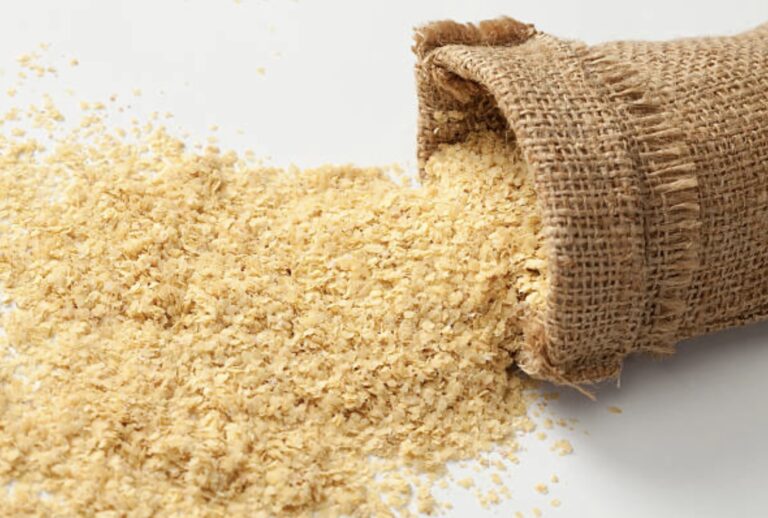
This nutritional powerhouse unveiled is a beacon of vitamins and minerals.
Wheatgerm is a bona fide treasure trove of nutrients:
Vitamin E: A potent antioxidant that helps protect your body’s cells from damage.
Folic Acid (Vitamin B9): Essential for DNA synthesis and repair, making it crucial for pregnant women.
Thiamin (Vitamin B1): Plays a pivotal role in energy metabolism and nerve function.
Magnesium, Zinc, and Selenium: Minerals that boost immune function, support metabolic processes, and improve thyroid function.
The Heart’s Guardian, wheat germ is your heart’s new best friend.
It is an excellent source of omega-3 fatty acids and fiber, wheatgerm offers substantial benefits for heart health:
Omega-3 Fatty Acids: It also can help reduce inflammation and lower the risk of heart disease.
Fiber: Aids in managing cholesterol levels, thereby reducing the risk of developing heart disease
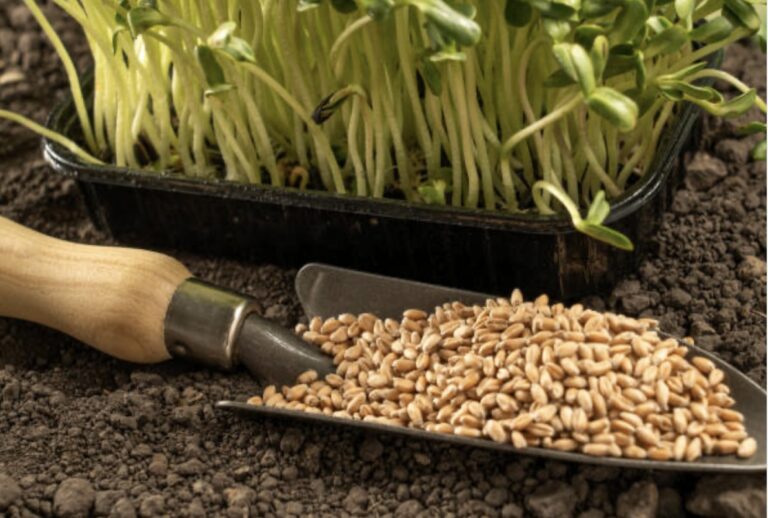
The Benefits Of Wheat Germ: The Weight Management Ally
Integrating wheatgerm into your diet can also assist in weight management. Its high fiber content helps you feel fuller longer, curbing unnecessary snacking and aiding in weight loss efforts. With fiber that also helps things move along as well, getting rid of extra weight that might otherwise sit in your large intestine.
A Skin Health Advocate
Thanks to its Vitamin E content, wheat germ not only benefits your internal health but also promotes skin health by protecting against UV damage and maintaining skin moisture. I notice a difference in my skin when I’m behaving with my diet, but I notice it even more when I have indulged in a crappy diet. Funny how it takes quite a bit longer to notice healthy improvements, but bad decisions show up right away 🙁
The Gateway to Enhanced Well-Being
Wheat germ may be small, but its nutritional profile is mighty. By making it a staple in your diet, you tap into a plethora of health benefits, from improved heart health and skin vitality to support in weight management efforts. Its versatility in kitchen use further makes wheat germ an invaluable ally in your quest for a balanced, nutritious diet.
As you consider integrating wheat germ into your meals, remember that small changes can lead to substantial improvements in your overall health. Embrace the power of wheatgerm and unlock a world of nutritional benefits waiting to enrich your life.
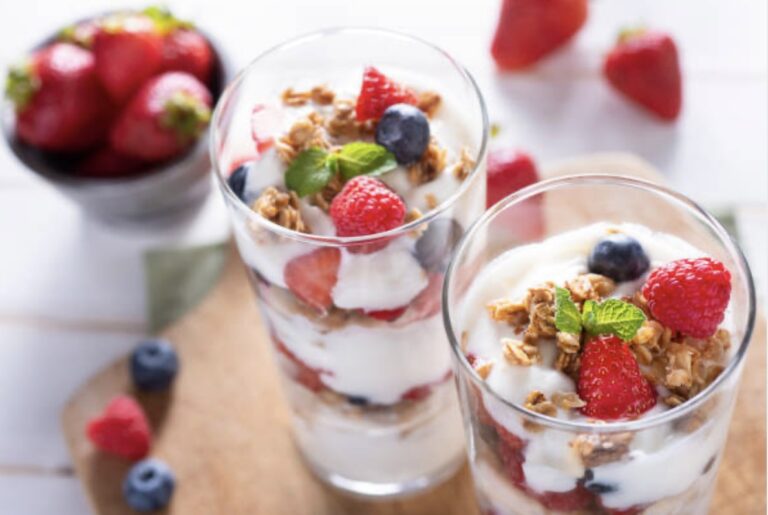
A Nutritional Powerhouse Unveiled
Wheat germ, the heart of the wheat kernel, is a powerhouse of nutrients, including fiber, protein, and essential fatty acids. Not to mention, it’s brimming with vitamins E, B6, and folic acid. But how do you seamlessly add this wonder ingredient into your everyday eating habits? Let’s dive into some mouth-watering yet straightforward ideas.
Morning Kickstart
Smoothie Boost: Give your morning smoothie a nutrient kick by adding a tablespoon of wheat germ. It blends perfectly with any combination, whether you’re a fan of berries, bananas, or spinach smoothies.
Oatmeal Sprinkle: For those cozy oatmeal mornings, stir in some wheatgerm after cooking. It’ll add a nice texture and boost the nutritional value of your humble bowl.
Midday Meals and Snacks
Yogurt Parfait Layer: Elevate your yogurt by layering it with fruits, a drizzle of honey, and a generous sprinkle of wheatgerm for a crunchy finish.
Bread-making Magic: Love baking bread? Adding wheat germ to your dough can enrich its nutritional profile and give it a delightful, nutty flavor.
Evening Delights
Pasta Coating: Before you toss your pasta with sauce, mix it with some wheat germ. It’ll wonderfully absorb the flavors and add a healthful twist to your Italian night.
Vegetable Topping: Steamed or roasted vegetables can be jazzed up with a sprinkle of wheat germ, adding texture and a boost of vitamins.
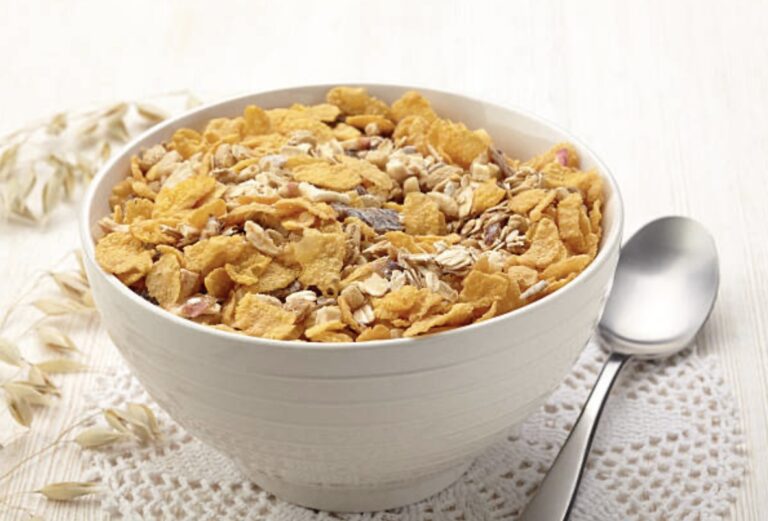
Creative Dressings
Wheatgerm doesn’t stop at solid foods; it can be a great addition to homemade dressings. Mix it with olive oil, lemon juice, salt, and pepper for a nutritious salad dressing. It’s a creative way to get your greens and grains in one go!
Sweet Treats
Cookie Crunch: Boost your cookies by incorporating wheat germ into the batter. It adds a nutty flavor and a healthful twist, making those sweet treats a bit less guilty.
Dessert Topping: Sprinkle wheatgerm over your desserts for added texture. It goes particularly well with creamy desserts like custard or pudding.
Crafting the Perfect Wheat Germ Balance
While wheat germ is indeed fantastic, remember that balance is key in any diet. Start with small quantities to ensure it suits your digestive system. And, as always, strive for a varied diet to ensure you’re getting all the nutrients your body needs.
Locating Wheat germ
Not sure where to find wheatgerm? Check the cereal aisle of your supermarket or look for it in health food stores. It’s more common than you might think!
A Slice of Health: Baking with Wheat Germ
Baking bread at home can be an enormously rewarding experience. Not only does it fill your home with that unbeatable fresh-bread aroma, but it also gives you complete control over the ingredients you’re using. For those of us looking to sneak more nutrition into our diets (and who isn’t these days?), incorporating wheat germ into your bread recipes is a great way to go. This simple bread recipe with wheat germ is not just healthful; it’s deliciously satisfying too!
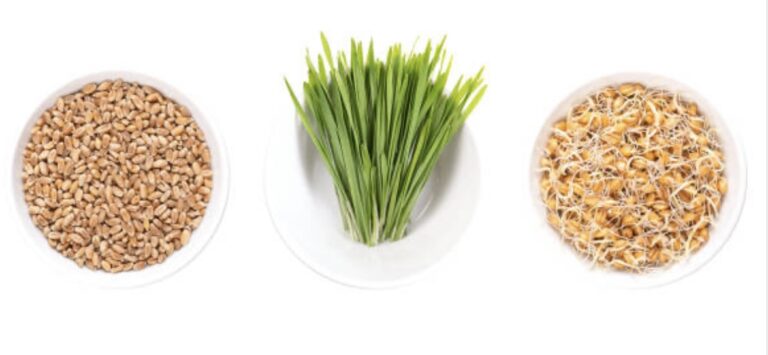
Why Wheat Germ? The Benefits Of Wheat Germ Are Many, That’s Why 😉
Before we dive into the recipe, let’s talk a bit about why wheat germ is such a powerhouse ingredient. Wheat germ is the nutrient-rich heart of the wheat kernel, packed with protein, fiber, and vitamins like folate and vitamin E, not to mention minerals such as zinc and magnesium. It adds a nutty flavor and a lovely texture to bread, making it an all-around win.
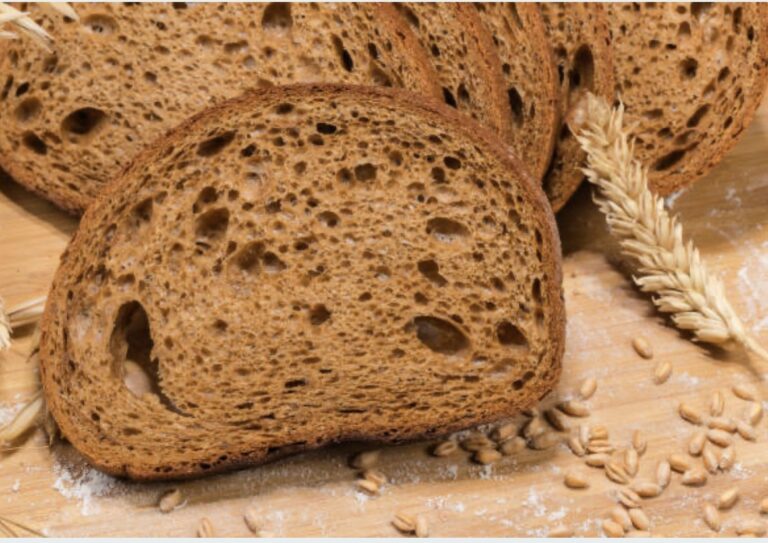
The Recipe: Your New Go-To Bread
Gather your ingredients and let’s embark on this baking journey. For this simple yet delightful bread, you’ll need:
2 cups all-purpose flour
1 cup wheat germ
1 tablespoon sugar
2 teaspoons baking powder
1/2 teaspoon baking soda
1 teaspoon salt
1 cup buttermilk
1/4 cup unsalted butter, melted
Extra wheat germ for dusting
Step 1: Preheat and Prep
Start by preheating your oven to 375°F (190°C). While that’s heating up, grease a 9×5-inch loaf pan and dust it lightly with wheat germ. This not only prevents the bread from sticking but also adds an extra layer of flavor and nutrition to the crust.
Step 2: Combine Dry Ingredients
In a large mixing bowl, whisk together the all-purpose flour, wheat germ, sugar, baking powder, baking soda, and salt. Ensuring these ingredients are thoroughly mixed is crucial for an even rise and texture in your bread.
Step 3: Add Wet Ingredients
Make a well in the center of your dry ingredients and pour in the buttermilk and melted butter. Stir with a wooden spoon or spatula until the ingredients are just combined. It’s important not to overmix here, as that can lead to a tough loaf.
Step 4: Bake to Perfection
Transfer your dough to the prepared loaf pan, smoothing the top with a spatula. Bake in the preheated oven for about 35-40 minutes, or until a toothpick inserted into the center of the loaf comes out clean or with just a few crumbs attached.
Let It Rest, Then Enjoy!
After taking your bread out of the oven, let it cool in the pan for about 10 minutes. Then, remove it from the pan and let it cool completely on a wire rack. This patience is key—it’s tempting to slice right into it, but waiting allows the flavors to develop and makes slicing easier.
A Simple, Nutritious Delight
This simple bread recipe with wheat germ is not just easy to make; it’s a versatile staple you’ll find yourself returning to again and again. Serve it toasted with jam for breakfast, use it for a hearty sandwich at lunch, or pair it with soup for a comforting dinner. The addition of wheat germ not only boosts the nutritional profile of your bread but also gives it a delightful texture and flavor that’s hard to beat.
So, next time you’re in the mood for homemade bread, give this wheat germ-infused recipe a try. It’s a small adjustment to your baking routine that can make a big difference in your overall health. Happy baking!

Wheat germ: A little change in your diet, a giant leap for your health.
Exploring the benefits of wheatgerm reveals a path to not just better nutrition, but a more vibrant, healthful life. Its small size belies the immense nutritional wealth it offers, providing a simple yet effective way to enhance your dietary habits. Whether you’re aiming for better heart health, weight management, or glowing skin, wheat germ presents a versatile, nutrient-rich solution.
Frequently Asked Questions
Wheat germ is rich in nutrients, including vitamin E, B vitamins, fiber, and minerals, providing essential support for overall health.
Yes, wheat germ is a good source of dietary fiber, promoting healthy digestion and regular bowel movements.
With its combination of fiber and protein, wheat germ can contribute to a feeling of fullness, aiding in weight control by reducing overall calorie intake.
Wheat germ’s high vitamin E content helps maintain skin integrity, acting as a potent antioxidant that protects against oxidative damage.


